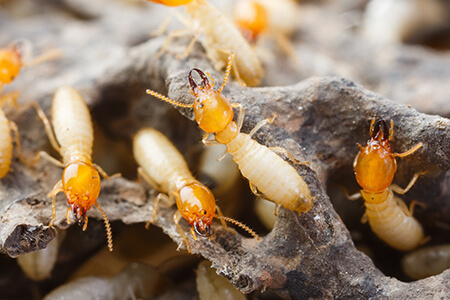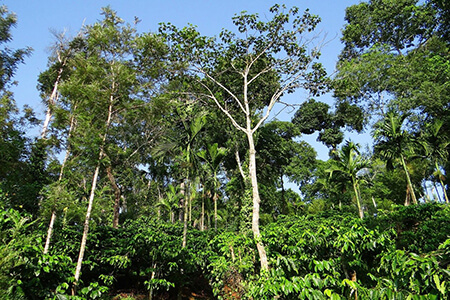This is a lesson summary. The full lesson can be viewed by purchasing an online course subscription.
Learning Objective
In this lesson we will learn about the characteristics that define living organisms.
Learning Outcomes
By the end of this lesson you will be able to:
- Define biology and give examples of different areas of biology.
- Discuss the characteristics that all living things possess.
- Distinguish between living and non-living things.

(Image: smuay, Adobe Stock)
Lesson Summary
- Biology is the study of living things.
- There is a defined set of characteristics that something must have to be considered as a living organism:
- Movement – the ability to change position.
- Respiration – the ability to break down food molecules to produce energy.
- Sensitivity – the ability to respond to environmental changes.
- Circulation / Coordination and Control / Cells – the ability to move substances around internally; the ability to regulate the internal environment; the fundamental building block of all living things.
- Growth – the ability to irreversibly increase in size (mass).
- Reproduction – the ability to produce offspring.
- Excretion – the ability to remove waste materials.
- Nutrition – the ability to take in food for energy and growth.
- The characteristics of living things can be remembered using the mnemonic MRSCGREN, where each letter corresponds to the first letter of one of the characteristics.

(Image: sarangib, Pixabay)
(Header image: artrachen, Adobe Stock)
